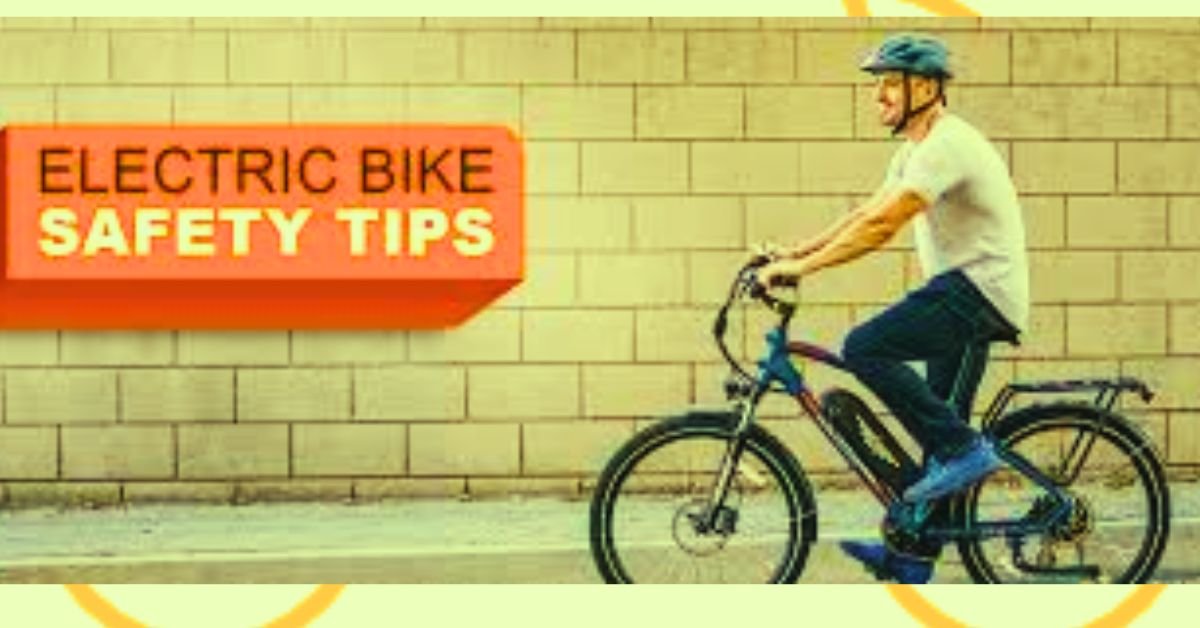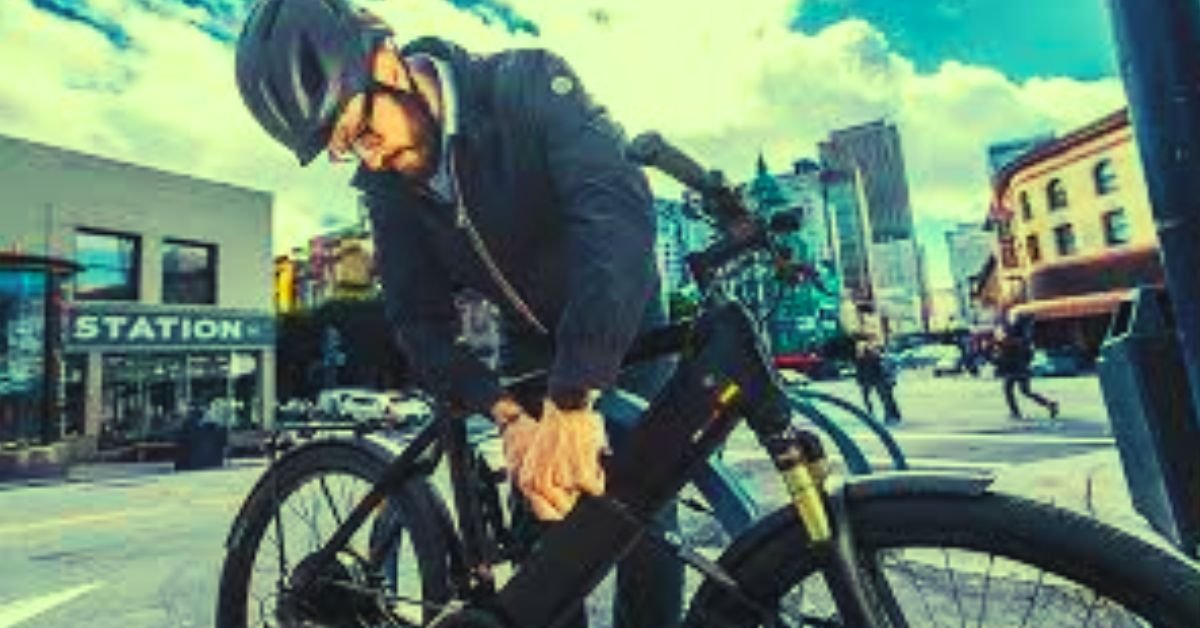Electric bikes (e-bikes) are becoming increasingly popular worldwide as an eco-friendly alternative to traditional transportation methods. Whether you’re commuting to work or enjoying a weekend ride, e-bikes offer speed, convenience, and a reduced environmental impact. However, with their growing popularity, various countries and regions have introduced specific regulations to ensure safety and to integrate e-bikes seamlessly into their transportation systems.

In this article, we will explore the regulations surrounding electric bikes around the globe, from speed limits to required safety equipment, so you can stay informed and compliant wherever you are.
North America: United States and Canada
United States
In the U.S., e-bike regulations vary from state to state, but there are some general rules that apply across the country. The Consumer Product Safety Commission (CPSC) defines an electric bike as one with a motor that does not exceed 750 watts (1 horsepower), which allows the bike to assist the rider up to 20 mph on flat terrain.
Most states categorize e-bikes into three classes:
- Class 1: Pedal-assist only, with a maximum speed of 20 mph.
- Class 2: Throttle-assist, also with a maximum speed of 20 mph.
- Class 3: Pedal-assist only, but can go up to 28 mph. Riders must wear a helmet, and the bike is not allowed on certain bike paths.
Some states may impose additional requirements such as helmet laws or restrictions on where e-bikes can be ridden (e.g., on certain trails or roads).
Canada
Canada also has specific regulations for e-bikes. Generally, e-bikes in Canada are classified similarly to the U.S. model, with limitations on motor power and speed. A typical e-bike must have a motor of 500 watts or less, with a maximum speed of 32 km/h (20 mph). E-bikes are also required to be equipped with pedals, and while helmets are mandatory in many provinces, some areas may have specific restrictions for riding on certain bike paths or trails.
In both Canada and the U.S., riders are encouraged to familiarize themselves with local rules, as they can vary even within different cities and provinces.
Europe: A Unified Approach with Local Variations
Europe has largely standardized e-bike regulations, though each country can have specific nuances.
European Union (EU)
In the EU, e-bikes are classified into two main categories:
- L1e-B: This is the standard category for e-bikes, with a motor power of up to 250 watts and a maximum speed of 25 km/h (15.5 mph). These bikes are considered pedal-assist only, meaning the motor can only provide assistance while the rider is pedaling.
- L1e-A: This category includes e-bikes with a maximum motor power of 500 watts and a maximum speed of 45 km/h (28 mph). These bikes are treated similarly to mopeds, requiring licensing, insurance, and registration, depending on the country.
In the EU, e-bike riders are generally not required to wear helmets unless they are riding on public roads or in specific countries where helmet use is mandatory. Furthermore, the laws about where you can ride e-bikes vary by country, with some nations allowing e-bikes on bike lanes and others restricting them to certain roads or trails.
Germany
Germany is known for being one of the leading nations in cycling culture, and its regulations reflect this. E-bikes in Germany must adhere to the EU regulations, but the country also has specific rules regarding speed pedelecs (e-bikes that go over 25 km/h). These bikes are classified as “S-Pedelecs”, and riders must wear a helmet, have a driver’s license, and have the bike registered if it exceeds 25 km/h.
E-bike riders in Germany also have to comply with road safety laws, such as using bike lanes where available, and some cities may have additional restrictions.
United Kingdom
In the UK, e-bikes are regulated under similar guidelines to those in the EU, with motor power limited to 250 watts and a speed cap of 25 km/h. However, the UK does not require a license or insurance for e-bikes within these limits. Helmets are not legally required but are strongly encouraged. Riders should also be aware that in the UK, e-scooters (which are sometimes confused with e-bikes) have more stringent restrictions and are generally not allowed on public roads or pavements.
Asia: Leading the Charge in Innovation
In many Asian countries, electric bikes have become a significant part of the transportation landscape, especially in densely populated urban areas.
China
China is the largest market for electric bikes globally, with millions of e-bikes in use across the country. In China, e-bikes are generally divided into two categories:
- Low-speed e-bikes: These are similar to traditional bicycles but equipped with a motor, and they are allowed to go up to 20-25 km/h. These bikes do not require a license, helmet, or registration.
- High-speed e-bikes: These bikes exceed 25 km/h and may require registration and a driver’s license. In some cities, high-speed e-bikes are subject to more restrictions.
E-bike regulations in China vary by city, so riders need to be aware of local laws, especially in urban areas where congestion can lead to tighter regulations.
India
In India, the use of electric bikes is growing rapidly, especially in urban areas. E-bikes are regulated by the Ministry of Road Transport and Highways (MoRTH), with guidelines for electric two-wheelers:
- E-bikes must have a motor power of 250 watts or less.
- Riders do not require a license or registration for bikes within this limit, but they must be fitted with a speed limiter to prevent the bike from exceeding 25 km/h.
Despite the liberal regulations, helmet use is strongly recommended, and some regions may have specific rules regarding where e-bikes can be ridden.
Oceania: Australia and New Zealand
Australia
In Australia, e-bikes are regulated by both federal and state laws. Generally, e-bikes are categorized as Class 1 (pedal-assisted with a motor of up to 250 watts), and riders are allowed to ride them without a license. However, each state may have different rules for where e-bikes can be ridden. Some states require helmets, while others have specific speed limits.
New Zealand
New Zealand’s regulations are similar to those in Australia, with e-bikes falling into the category of bicycles. E-bikes are allowed to have a motor of 300 watts or less, and the speed limit is 32 km/h. While helmets are not mandatory for riders over the age of 15, they are highly recommended.
Conclusion
As e-bikes continue to grow in popularity, regulations around their use vary from country to country and even within regions of the same country. It’s important for riders to understand the laws and restrictions specific to their location, from speed limits and motor power to helmet requirements and where bikes can be ridden. Whether you’re a seasoned e-bike enthusiast or new to the world of electric bicycles, staying informed about local regulations ensures a safer and more enjoyable riding experience.


